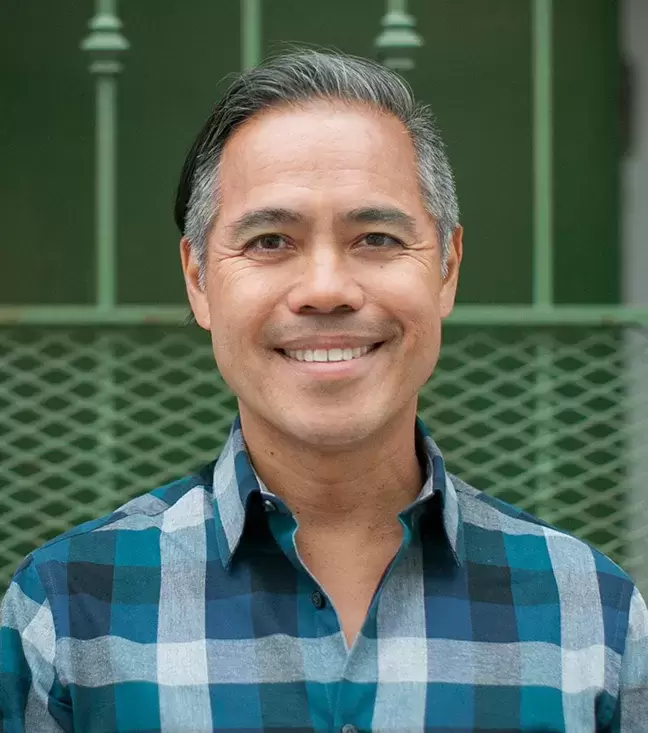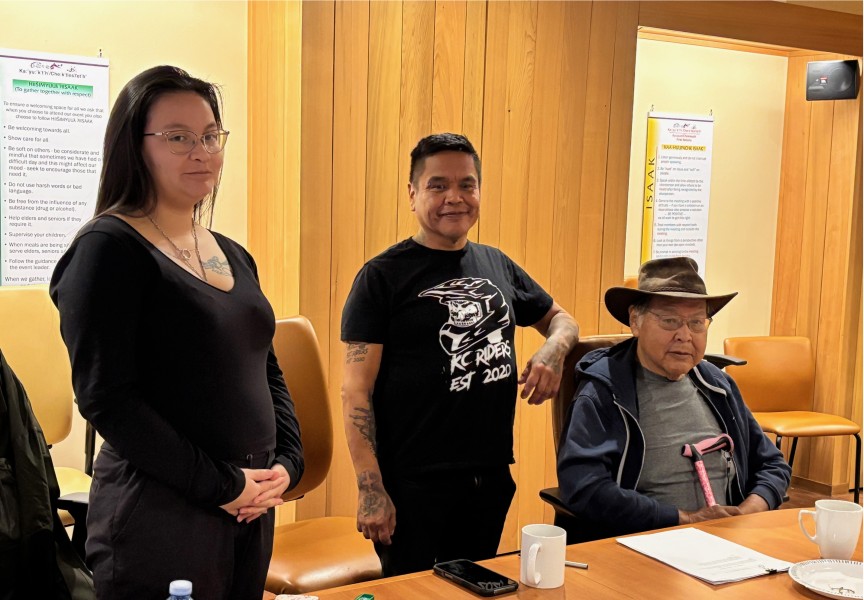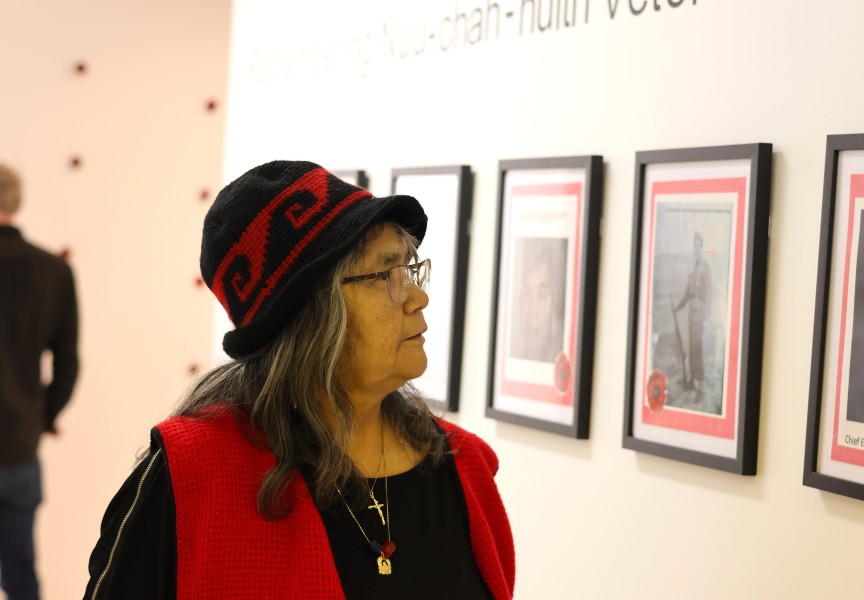A report released earlier this month tracking Indigenous health in the province during a 10-year period offers both positive and disappointing results.
The report, titled Indigenous Health and Well-being, was a joint effort between the Office of the Provincial Health Officer (PHO) and the First Nations Health Authority (FNHA). The report summarized results in the province that were taken between 2005 and 2015. During this decade provincial stats were collected on life expectancy, mortality, youth suicide, infant mortality and diabetes rates.
The good news for Indigenous communities is that there were improvements in all these areas during the period of the 10-year study. But not encouraging is the fact the gap in health between Indigenous and non-Indigenous people continued to widen in some areas.
“Generally it’s good news,” Dr. Evan Adams, the chief medical officer of the FNHA, said of the report. “But if you compare us to non-Indigenous people then it’s not.”
Adams admitted officials were pleased with some of the Indigenous results.
“It was surprising in a couple of ways,” he said. “We were somewhat surprised they were getting better. We were prepared for their health to get worse over time. It’s definitely possible for the health of a population to get worse.”
Adams believes this is especially true for those Indigenous people who live remotely, adding environmental changes and lifestyles in those communities could hinder optimal health.
One stat that Adams was really pleased to see concerned suicide rates for youth. The gap between Indigenous and non-Indigenous youth improved significantly, dropping by a whopping 38 per cent. A target of 50 per cent reduction had been set originally.
“It was a very aggressive goal to the cut the gap by 50 per cent in 10 years,” Adams said.
The youth suicide rate reflects those aged between 15-24 who deliberately take their own lives.
The report shows Indigenous youth suicides decreased by 1.04 per cent, going down to 2.77 deaths per every 10,000 youth.
Though plenty of progress was being made early on during the study period, Adams was not happy to see the final stats in another area.
“Infant mortality started off extremely well (over the course of the 10-year study),” he said. “First Nations deaths is still small. But it is relatively significant. It is higher than the rest of (infant) deaths in the rest of British Columbia.”
Also disappointing was the fact even though the over-all infant mortality rate (those who die during their first year of life) in the province did decrease slightly, the gap between Indigenous and non-Indigenous infant deaths widened.
“That was very disappointing for us,” Adams said, adding it’s vital to take measures to address this concern. “You absolutely have to invest in our babies and their mothers.”
In 2005 the baseline rate for Indigenous infant mortality was 8.8 deaths for every 1,000 kids. During the study period the rate dropped to 6.8 before rising to 8.6 by the conclusion of the report.
Adams though was glad to see some improvements in diabetes stats.
“We beat our other goal of reducing the gap in diabetes between us and them,” Evans said of Indigenous and non-Indigenous people.
A 33-per-cent reduction rate had been targeted during the study period for the gap between Indigenous and non-Indigenous residents in the province who have diabetes. But the gap ended up exceeding expectations and was reduced by 46.6 per cent. At the start of the study 12.4 out of 100 Indigenous people had diabetes. That number fell to 10.7 out of every 100 by 2015.
Jeannette Watts, the manager of nursing services for the Nuu-chah-nulth Tribal Council, was anticipating results from the study would not bring just good news.
“We knew about the health problems that exist,” she said. “Not enough is being done for it.”
But Watts was encouraged by some of the study results.
“I was glad to see some improvement in the diabetes statistics,” she said.
Watts and Adams are also pleased that the FNHA and the PHO will continue to join forces and monitor the health and well-being of Indigenous people in B.C. for the next decade.
This effort is called the Indigenous Population Health and Wellness Agenda and will keep track of 22 indicators of health and well-being.
“We’re quite excited about it,” Watts said. “It is quite similar to some of the research we are already doing.”
A baseline report for this agenda is due in the fall of 2019. Some of the new data that will be collected during the next decade includes stats on ecological health, community strength and resilience and cultural wellness.
Watts believes collecting stats is just one step towards improving health.
“Seeing intelligence or health data intelligence about our communities means you have to react to it,” she said. “You can’t say diabetes stats are too high and that’s too bad. You have to do something about it.”
The health report released this month included compiling stats and setting target goals for seven core health indicators. This included collecting data on childhood obesity and the number of practicing, certified First Nations professionals. Data on these two areas were not compiled prior to 2005.







